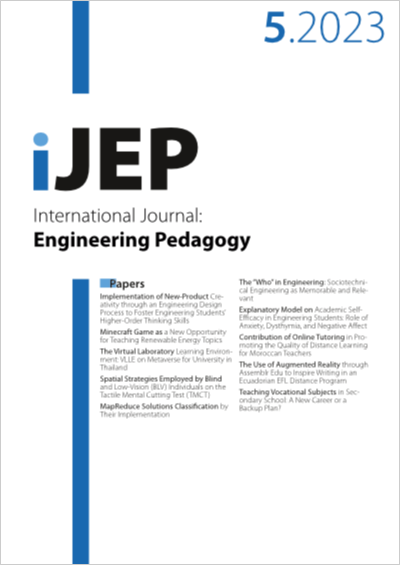MapReduce Solutions Classification by Their Implementation
DOI:
https://doi.org/10.3991/ijep.v13i5.38867Keywords:
MapReduce, Big Data, Apache Hadoop, Apache Spark, problems classification, solutions categorization, course designAbstract
Distributed Systems are widely used in industrial projects and scientific research. The Apache Hadoop environment, which works on the MapReduce paradigm, lost popularity because new, modern tools were developed. For example, Apache Spark is preferred in some cases since it uses RAM resources to hold intermediate calculations; therefore, it works faster and is easier to use. In order to take full advantage of it, users must think about the MapReduce concept. In this paper, a usual solution and MapReduce solution of ten problems were compared by their pseudocodes and categorized into five groups. According to these groups’ descriptions and pseudocodes, readers can get a concept of MapReduce without taking specific courses. This paper proposes a five-category classification methodology to help distributed-system users learn the MapReduce paradigm fast. The proposed methodology is illustrated with ten tasks. Furthermore, statistical analysis is carried out to test if the proposed classification methodology affects learner performance. The results of this study indicate that the proposed model outperforms the traditional approach with statistical significance, as evidenced by a p-value of less than 0.05. The policy implication is that educational institutions and organizations could adopt the proposed classification methodology to help learners and employees acquire the necessary knowledge and skills to use distributed systems effectively.
Downloads
Published
How to Cite
Issue
Section
License
Copyright (c) 2023 Kamila Orynbekova, Andrey Bogdanchikov, Selcuk Cankurt, Abzatdin Adamov, Shirali Kadyrov

This work is licensed under a Creative Commons Attribution 4.0 International License.



